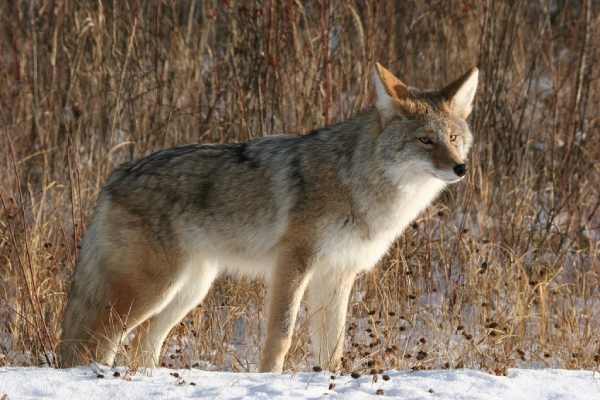Michigan is an incredibly diverse state when it comes to wildlife, and coyotes are just one of the species that are part of its nature. Coyotes were initially found predominantly in the western regions of the United States however they have since spread nationally to all states including Michigan. Coyotes are highly adaptable which helps them thrive in both rural and urban areas. They can often be seen foraging for food or scavenging through garbage cans late at night in suburban neighbourhoods. Although coyotes in Michigan tend to be smaller than those living out west, they still pose a threat to small animals, livestock, and occasionally pet cats and dogs.
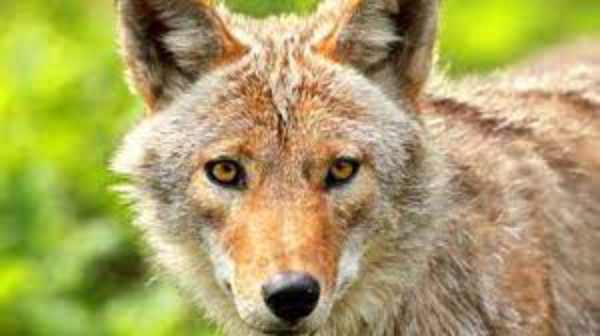
Table of Contents
Habitat
Coyotes occupy a wide range of habitats and can even thrive in urban environments. They typically prefer more rural areas including open grassland, wetlands, scrubland, and forests. Although coyotes tend to be solitary animals, they often congregate into packs at feeding grounds or during the breeding season. In Michigan, coyotes have become well-adapted to their new habitat by utilizing diverse resources such as plant matter and small mammals for survival. Coyotes are often seen on dirt roads and lowlands near national parks and wildlife refuges due to decreased human activities in these regions.
Diet
Coyotes are opportunistic eaters and will use a wide variety of food sources from both animal and plant origins to sustain themselves and their families. Depending on the season, habitat, and availability of food, Coyotes comprise their diets of small rodents like mice or voles, Earthworms, insects like grasshoppers or crickets, fruits such as wild grapes or mulberries, and occasionally larger prey like deer fawns. The vast majority of the Coyote’s diet consists of small mammals and carrion, but they can be remarkably resourceful with what is available in their surrounding environment
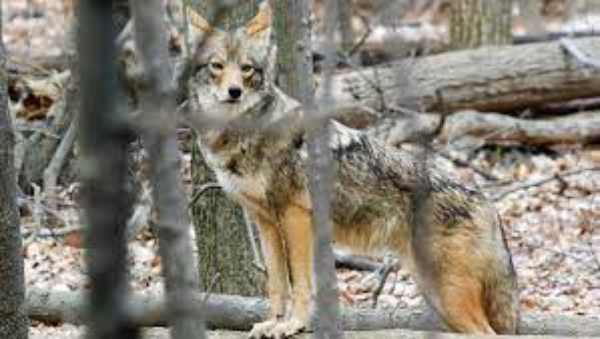
Colour
In Michigan, coyotes typically have a greyish-brown tone to their fur, but in the winter months exhibit more of an ashy-black colour. The change in colour is caused by seasonal changes in their coats; thicker fur during colder times of the year protects them from the elements. Coyotes can also vary in hue depending on variations in climate, diet and habitat, for example, individuals living within a hotter region may be lighter in colour than average.
Size, Lifespan and Weight
The average size of these creatures is between four and six feet long, depending on their age and gender. These animals live anywhere from ten to thirteen years but some can reach nearly fourteen years in age. The average weight of an adult coyote is only 30 pounds but this varies again depending on the sex of the animal and which specific breed it belongs to.
Predators
Various animals hunt coyotes and contribute to the control of their populations. Known predators of coyotes in Michigan include larger mammalian predators like bears, wolves, tigers, and lions—which are obviously not native to the state. Most commonly though, grey wolves and bobcats can be found preying on coyotes. Hawks and eagles may also take advantage of smaller or injured coyotes caught out in open grasslands.
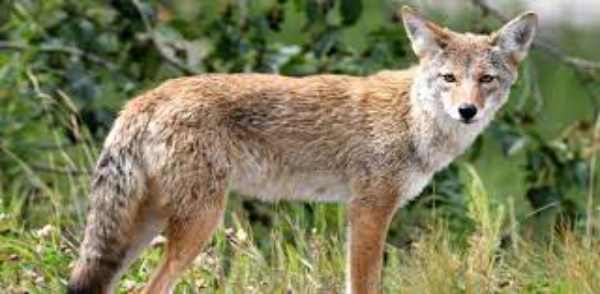
Reproduction
Coyotes in Michigan are a common sight, and reproducing successfully is part of their success. Female coyotes give birth to an average of five to six pups each year in dens they create beforehand by burrowing into the ground. In the springtime pups begin to explore with their parents, learning important survival skills like hunting and evading predators like wolves and bears. The family will stay together until late summer when all but two pups remain before they’re driven off to make their own way. Female coyotes will continue reproducing new pups each year as long as conditions allow it which is typically up to eight years of age.
Coyotes in Michigan size
Coyotes in Michigan have been increasing in size for the past several years. It has been documented that their average weight is typically around 25-30 pounds, with some reaching up to 40 or more.
Hunting Coyotes in Michigan
Hunting coyotes in Michigan offers a unique outdoor experience! With the vast terrain of forests, grasslands, and wetlands across the Lower Peninsula, coyote hunting is an exciting challenge. Not only does successful hunting provide valuable hides for traditional artists, but these predators also help maintain a healthy balance of animal populations in the woods. It is important to note that hunters must use appropriate tactics when pursuing coyotes in Michigan as some counties have local regulations for such activities.
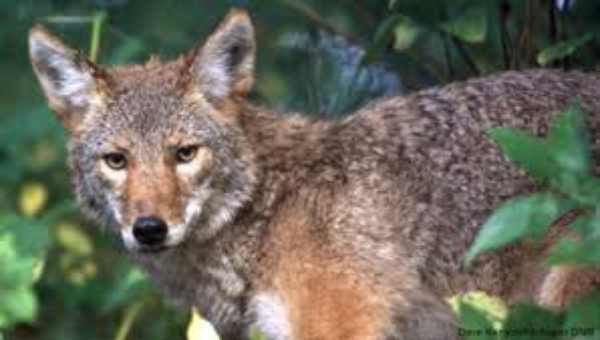
Trapping Coyotes in Michigan
Trapping coyotes has become a popular outdoor activity in Michigan, bringing many outdoorsmen to the state each year. Coyotes are an abundant species in Michigan and can often be found throughout the countryside. Trapping coyotes involves setting out traps or snares to catch these animals. It involves knowledge of the species’ habits, as well as an understanding of how best to set the traps for success.
Shooting Coyotes in Michigan
Shooting coyotes in Michigan has been a polarizing issue since it was recently allowed by law. On the one hand, proponents of the new law point to evidence that the coyote population can become overwhelming if uncontrolled. By shooting them humanely, they argue, we can save farmers’ livestock and protect natural ecosystems without killing off all the coyotes. On the other hand, opponents argue that there is no absolute need for such lethal action against these animals. Instead, they prefer to take a more conservative approach with other less intrusive options such as trapping or repellants which have proven effective in certain areas.
References:
https://www.michigan.gov/dnr/education/michigan-species/mammals/coyote
https://www.coyotesmarts.org/what-to-do/
https://www.humanesociety.org/resources/why-killing-coyotes-doesnt-work
https://www.placentia.org/466/Be-Cautious-about-Coyotes

Jeevan Kodiyan
An animal enthusiast with an interest in zoology, studying the behavior and activities of animals in the wild habitat. I work on research projects related to species conservation and endangered species protection. I also leverage zoology to become an educator, educating others about the importance of protecting our natural environment and the beauty of animals in their natural habitats.

